One of the most significant struggles for workers’ rights began on Jan. 11, 1912, in Lawrence, Massachusetts when thousands of textile workers began a walkout that would come to be known as the Bread and Roses Strike. It was also called the Lawrence Textile Strike and the Singing Strike.
Robert Forrant explains in an essay on the strike,
Thousands of largely female workers engaged in a lengthy, well-organized, and successful walkout, standing firm against an entrenched group of mill owners and their hundreds of militia and police. Workers maintained soup kitchens and nurseries for children. Meetings were simultaneously translated into nearly 30 languages. Representatives from every nationality formed a 50-person strike leadership group.
It was not, as some tell it, a spontaneous walkout over reduced wages.
The pay cut was the flashpoint, but years of terrible working conditions, substandard housing, grinding poverty despite laboring 60 hours a week, and devastating infant and child mortality rates were the stuff of the strike.
In addition block-by-block neighborhood organizing had taken place for months in advance of the new year. Workers had had enough and they were ready.
Note that some date the start of the strike on Jan. 12, when the mass walkout began. However, we mark the date of Jan. 11 when a few hundred Polish women noticed their pay was cut, shut off their machines, and walked out. They alerted other workers by parading from mill to mill, yelling up to the windows “short pay” in Polish. Their brave action escalated on Jan. 12.
Find lessons, books, a student project, and archival sites below for bringing the history of the strike to the classroom.

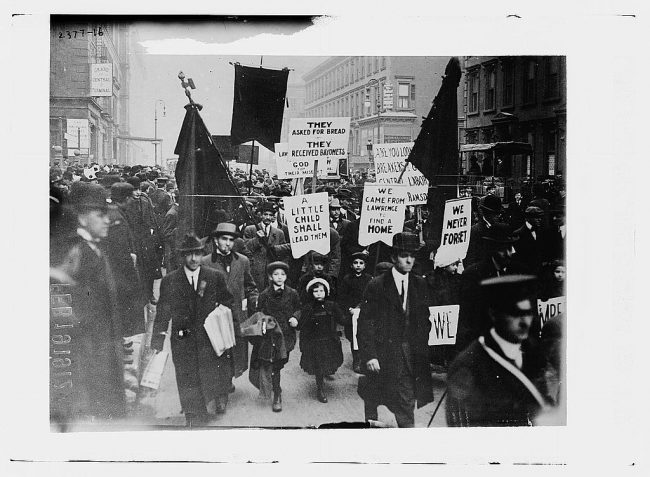
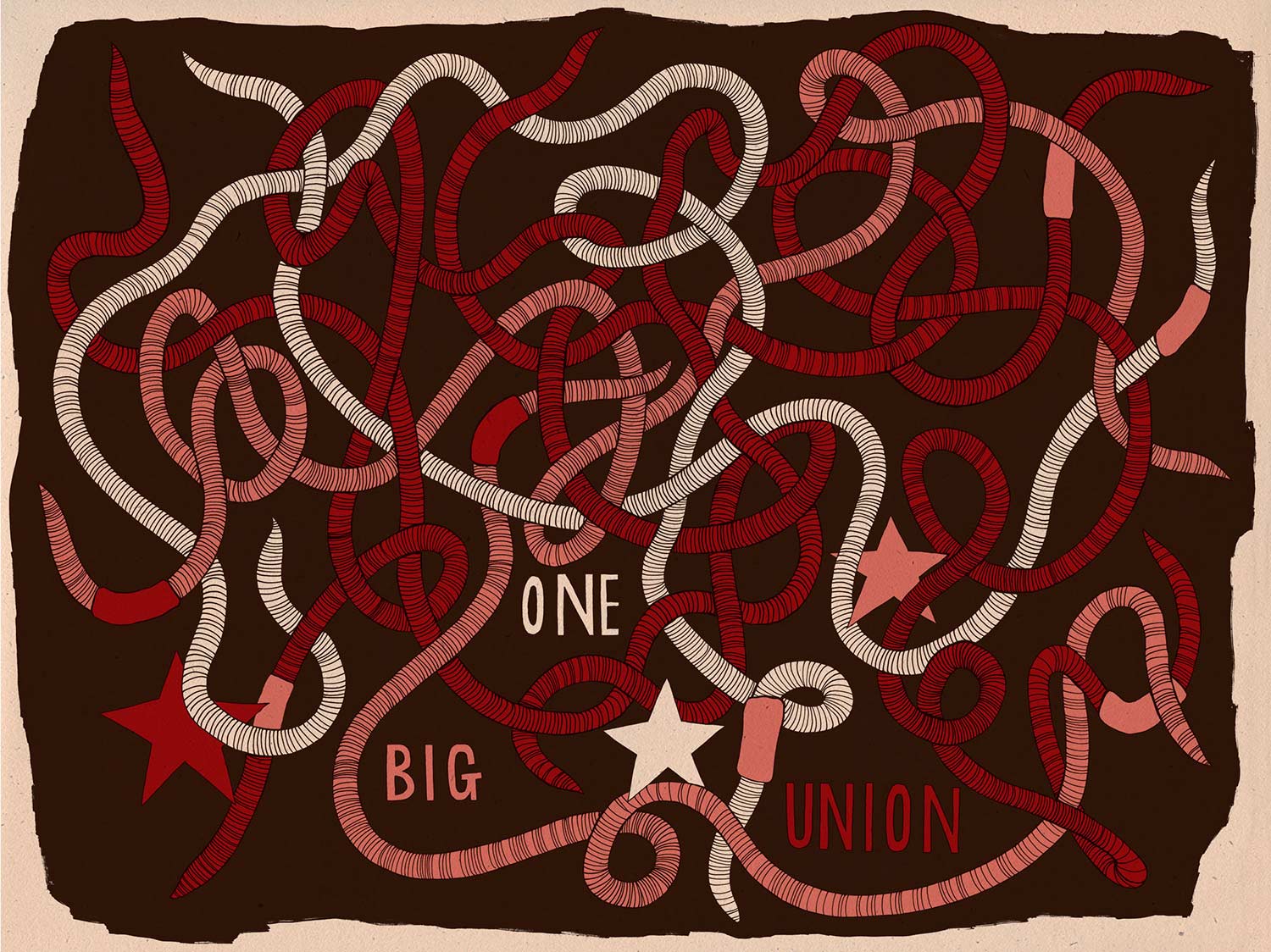
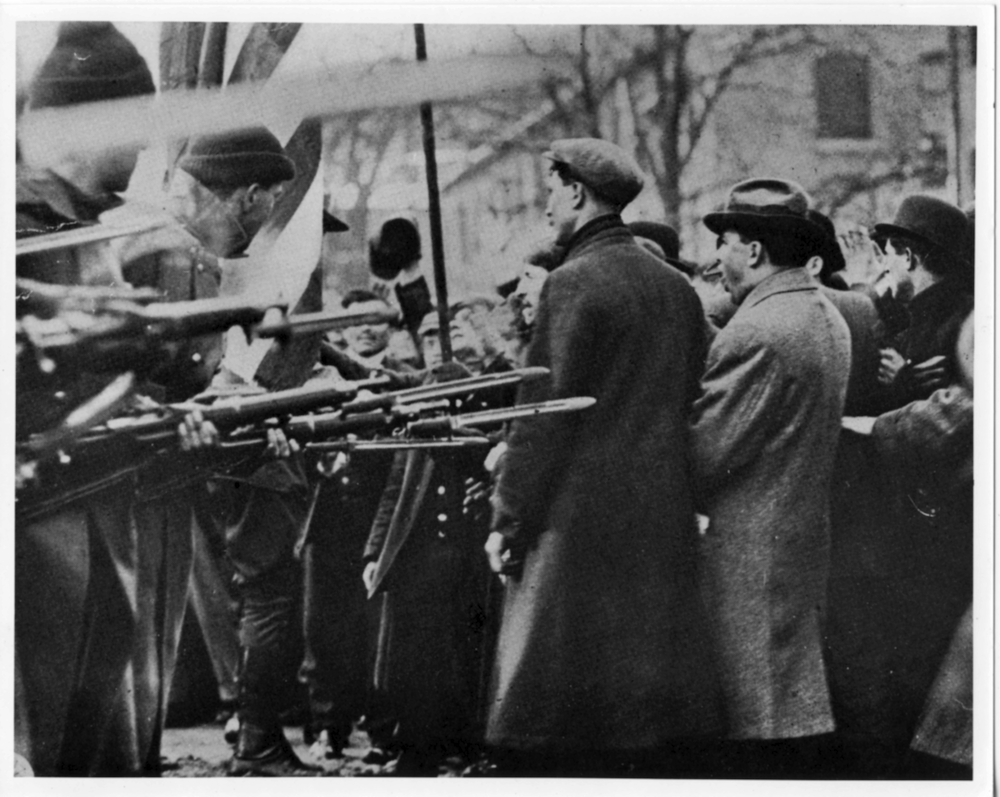
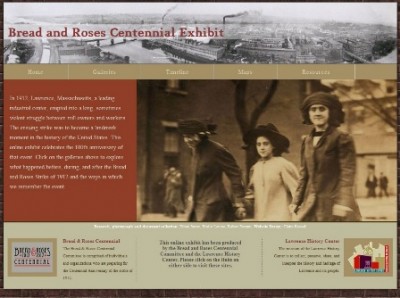
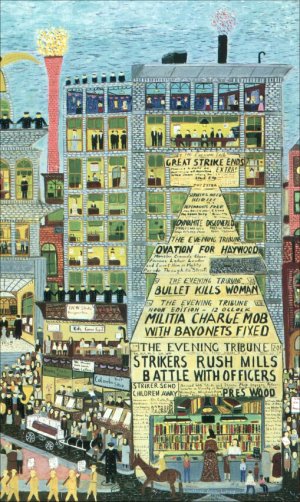
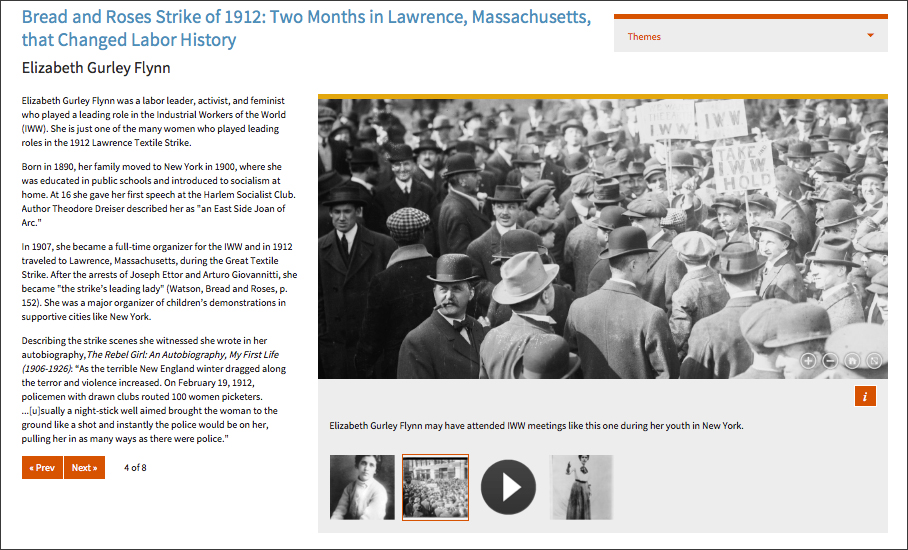
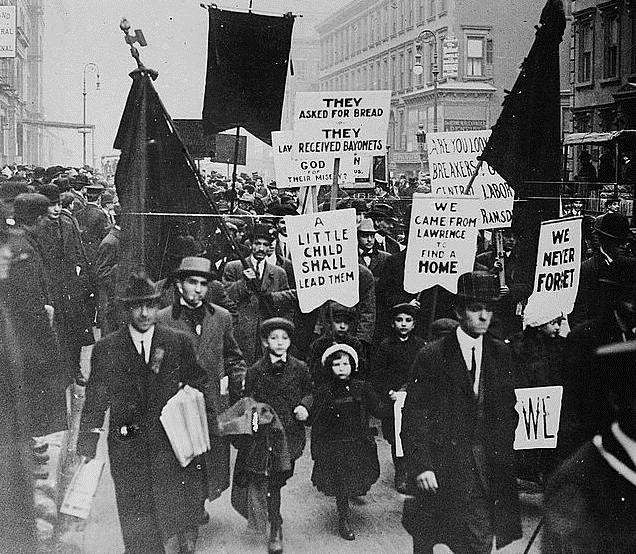
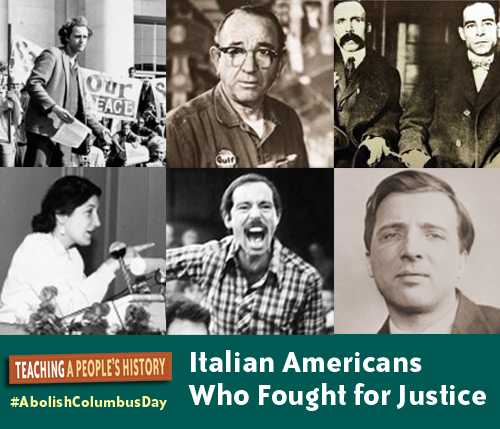

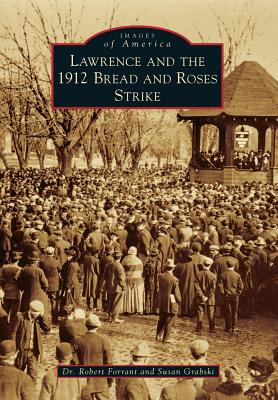
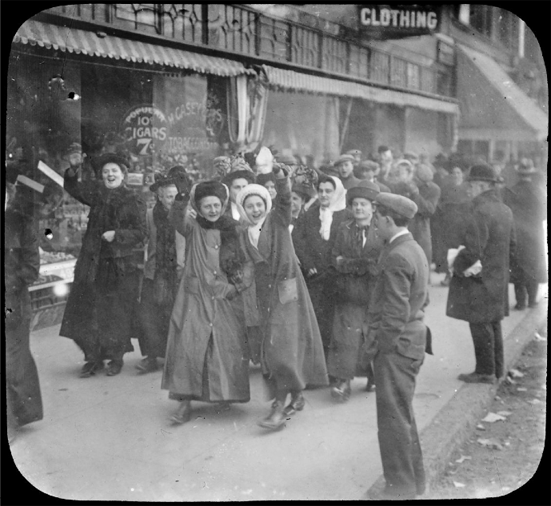
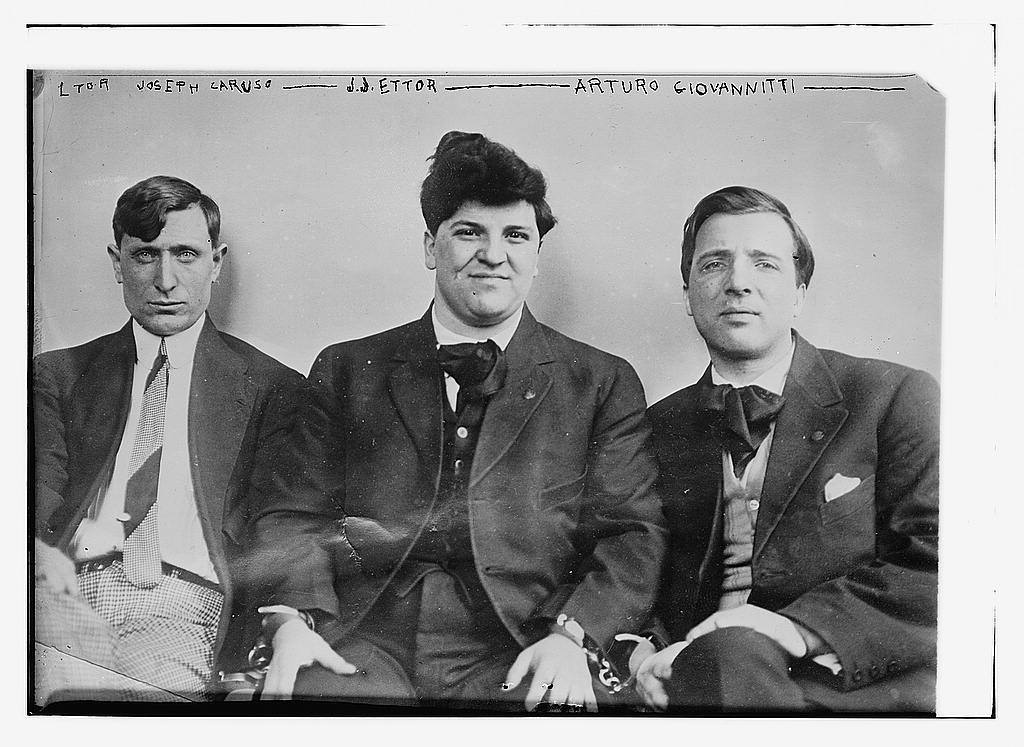





Twitter
Google plus
LinkedIn